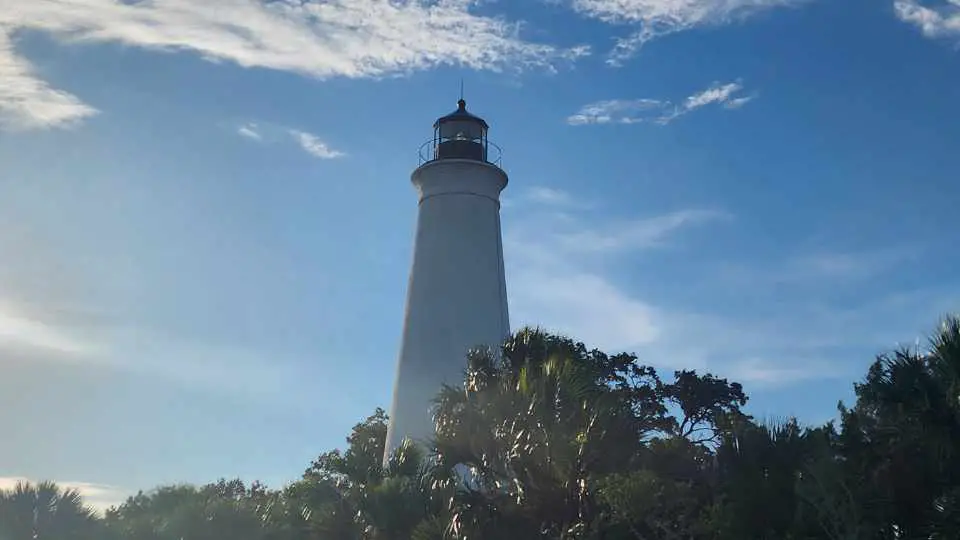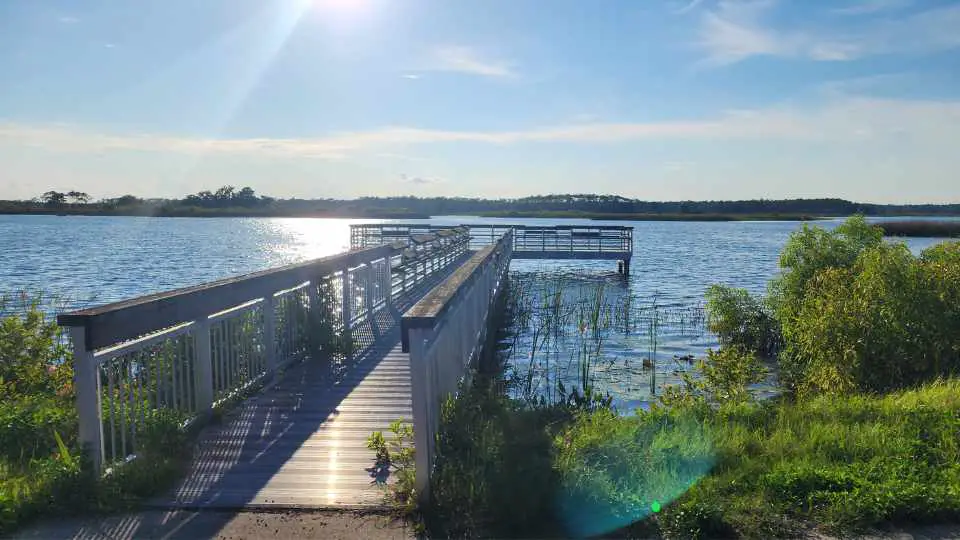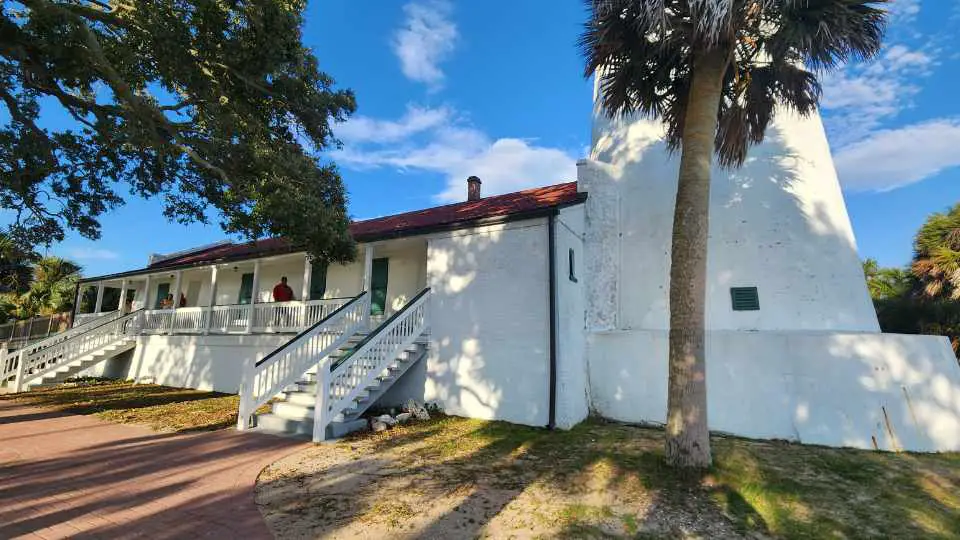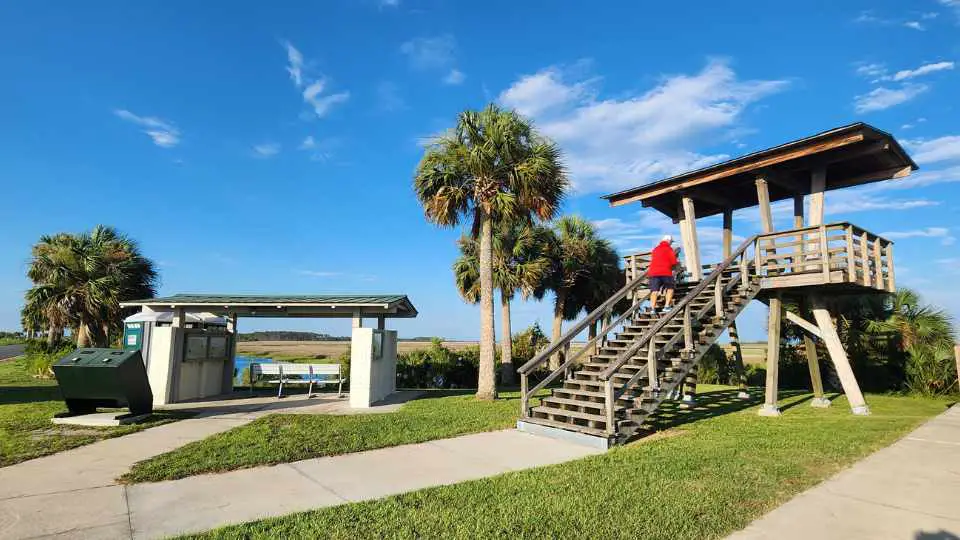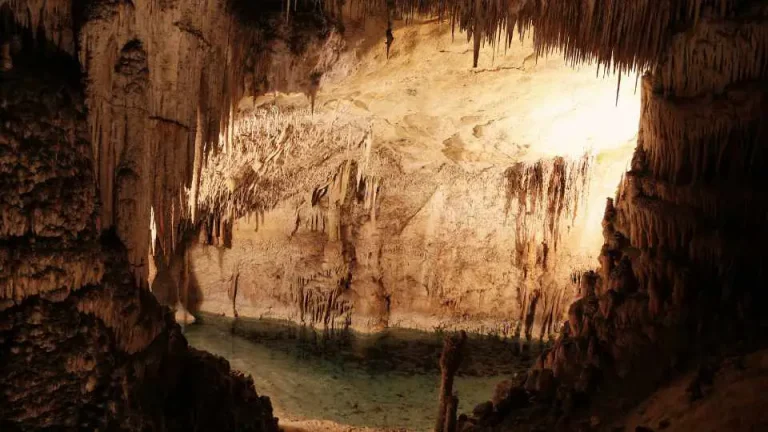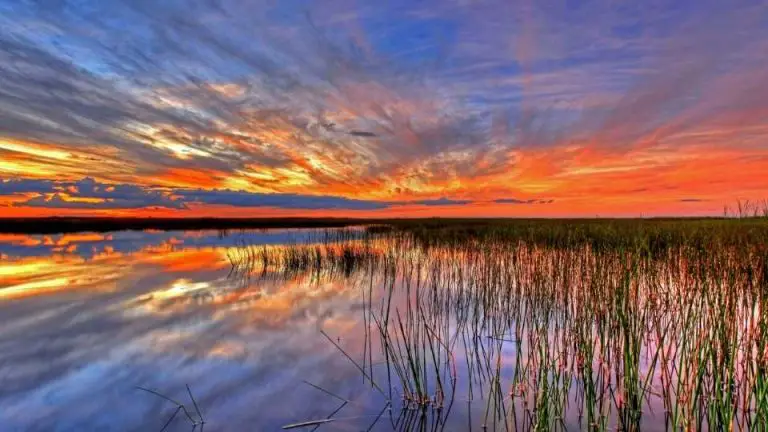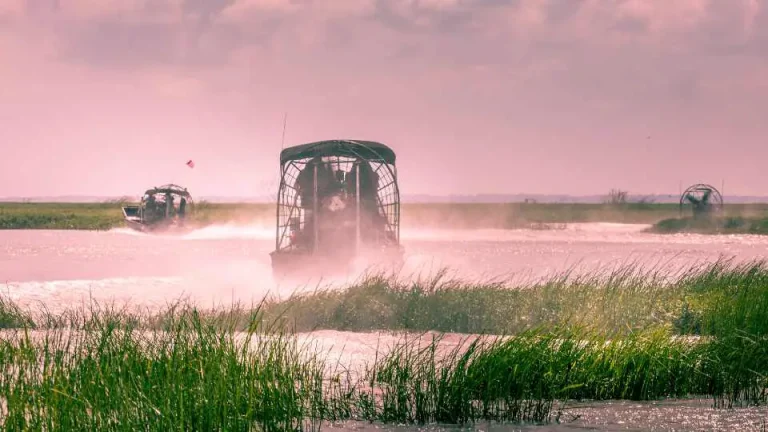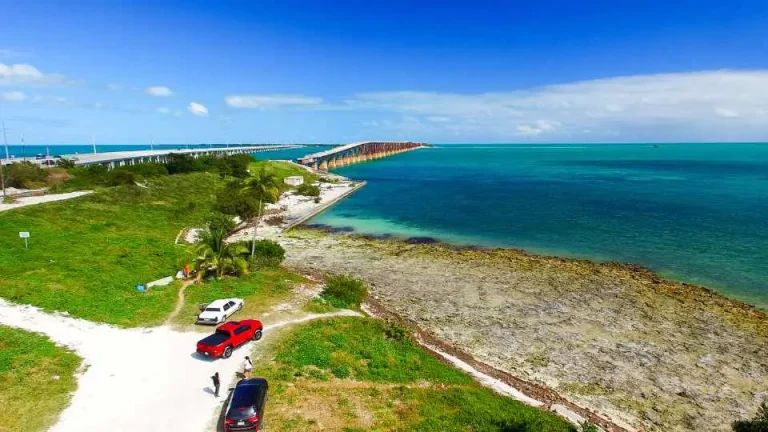Your Guide to St. Marks Lighthouse & National Wildlife Refuge
St. Marks Lighthouse and National Wildlife Refuge is a must-visit destination for nature lovers and outdoor enthusiasts. Established in 1931, the refuge spans over 83,000 acres in Wakulla, Jefferson, and Taylor counties and offers a diverse range of habitats, including salt marshes, tidal flats, and freshwater pools. The refuge is home to a variety of wildlife, including migratory birds, alligators and black bears.
The highlight of the refuge is the historic St. Marks Lighthouse which sits at the end of a 6.7-mile scenic drive along Lighthouse Road. Visitors can take a self-guided tour of the road, which begins at the Visitor Center and ends at Apalachee Bay.
The drive to the lighthouse is an excellent opportunity to spot wildlife and enjoy amazing views of the Gulf Coast. The Visitor Center offers exhibits and educational programs on the refuge’s natural and cultural history, making it a great starting point for exploring the refuge.
About the St. Marks Lighthouse
The St. Marks Lighthouse is a historic lighthouse located in St. Marks National Wildlife Refuge in Wakulla County, Florida. The lighthouse was originally constructed in 1828 and the 65-foot tall hollow-walled tower on the east side of the river was completed in March 1830.
The lighthouse was built to help guide ships into the St. Marks River, which was an important port of entry for the prosperous planting region of middle Florida and some counties of South Georgia.
During the Civil War, the St. Marks Lighthouse was used by Confederate troops as a lookout post. Union forces captured the lighthouse in 1865 and the lens was removed and taken to Key West for safekeeping. After the war, the lens was returned to the St. Marks Lighthouse and the lighthouse was put back into service.
In 1976, the St. Marks Lighthouse was added to the National Register of Historic Places. The lighthouse was decommissioned in 1960 and the U.S. Fish and Wildlife Service now operates the lighthouse as a museum.
Visitors can climb the stairs to the top of the lighthouse for a panoramic view of the surrounding area.
Architectural Features of St. Marks Lighthouse
St. Marks Lighthouse is a historic landmark located in St. Marks National Wildlife Refuge, Florida. It is the second-oldest lighthouse in Florida and is known for its unique architectural features. Here are some of the key features of the lighthouse:
- Tower: The tower was originally built in 1831 and was rebuilt in 1842 after it was declared a breach of contract. It stands at 88 feet tall and is made of brick and stone, which was a deviation from the original contract specifications that called for either brick or stone.
- Lantern Room: The lantern room is located at the top of the tower and is where the light source is housed. It is painted black to prevent glare and has a height of 15 feet.
- Fresnel Lens: The lighthouse is equipped with a fourth-order Fresnel lens, which was installed in 1867. The lens was designed by French physicist Augustin-Jean Fresnel and was used to focus the light source into a beam that could be seen for up to 14 miles.
- Keeper’s Quarters: The keeper’s quarters is a two-story brick building located adjacent to the tower. It was built in 1867 and has four-foot-thick walls, which provide insulation from the harsh coastal weather. The building has twelve windows and two chimneys.
- Porch: The keeper’s quarters has a long covered porch with two exterior doors that open onto it. The porch was used by the keepers to monitor the lighthouse and surrounding area.
Overall, St. Marks Lighthouse is a unique example of historic architecture that has stood the test of time. Its design and construction are a testament to the ingenuity and skill of the architects and builders who created it.
St Marks National Wildlife Refuge Overview
St Marks National Wildlife Refuge is one of the oldest refuges in the National Wildlife Refuge System, established in 1931. It is located in Wakulla, Jefferson and Taylor counties, encompassing about 83,000+ acres in total. The refuge is home to a diverse range of habitats, including saltwater marshes, hardwood hammocks, pine forests and tidal creeks.
The primary goal of the refuge is to provide winter habitat for migratory birds, making it a popular destination for birdwatchers. Over 300 species of birds have been recorded at the refuge including the endangered red-cockaded woodpecker and the rare Apalachicola dusky salamander.
In addition to birdwatching, visitors can enjoy a range of recreational activities at the refuge, such as hiking, fishing and hunting. There are several trails available for hiking, including the Stoney Bayou Trail and the Lighthouse Levee Trail. Fishing is allowed in designated areas, and there are several species of fish available, including redfish, trout, and flounder. Hunting is also allowed in designated areas during certain times of the year.
The Visitor Center at St Marks National Wildlife Refuge is located at 1255 Lighthouse Road and is open every day except Christmas Day. Visitors can learn more about the refuge’s history, habitats, and wildlife through exhibits, videos, and interactive displays. The center also offers educational programs and events throughout the year.
Overall, St Marks National Wildlife Refuge is a must-visit destination for nature enthusiasts, offering a unique opportunity to explore Florida’s diverse ecosystems and observe a wide range of wildlife.
Recreational Activities at St Marks Refuge
Visitors to St Marks National Wildlife Refuge can engage in a variety of recreational activities. Here are some of the most popular activities:
Hiking Trails
The refuge has several hiking trails that offer visitors a chance to explore the area’s diverse habitats and wildlife. The trails range in length from 0.3 miles to 12 miles, and they are suitable for hikers of all skill levels. Some of the most popular trails include the Coastal Trail, the Lighthouse Trail and the Mounds Trail.
Fishing Spots
Fishing is allowed in designated areas of the refuge, including the St. Marks River, Otter Lake and several ponds. Anglers can catch a variety of fish species, including bass, catfish and bream. Visitors must have a valid Florida fishing license and must follow all state fishing regulations. The refuge also offers a fishing pier and boat ramp for visitors who want to fish from the water.
Photography Spots
St Marks National Wildlife Refuge is a photographer’s paradise, with stunning landscapes, diverse wildlife, and unique ecosystems. Some of the best spots for photography include the St. Marks Lighthouse, the salt marshes, and the freshwater pools. Visitors are advised to bring a camera with a telephoto lens to capture wildlife from a safe distance. They should also be mindful of the refuge’s rules and regulations regarding photography.
Overall, St Marks National Wildlife Refuge offers visitors a chance to experience the natural beauty and diversity of Florida’s Gulf Coast. Whether you enjoy hiking, fishing or photography, there is something for everyone at this unique and special place.
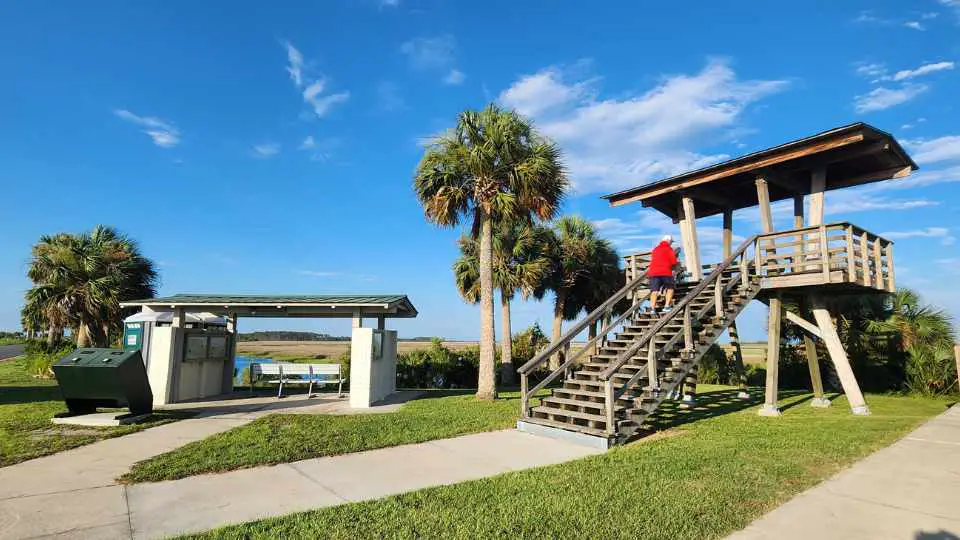
Visiting Information
Opening Hours
The Visitor Center at St. Marks National Wildlife Refuge is open from 8 am until 4 pm on weekdays and 10:00 AM until 5:00 PM on weekends. The center is closed on Thanksgiving and Christmas. Visitors can contact the center by phone at 850-925-6121 or visit in person at 1255 Lighthouse Road.
Admission Fees
According to the St. Marks web site, admission costs is as follows:
- $1 per bike . pedestrian
- $5.00 per vehicle
- $25.00 for annual refuge pass
Federal Recreation Fee Passes are lonored and activities such as guided tours or special events, may have a separate fee. Visitors should check with the Visitor Center for more information.
Best Time to Visit
The St. Marks National Wildlife Refuge is open year-round, but the best time to visit depends on the visitor’s interests. Birdwatchers will want to visit during the fall and winter months when migratory birds are present. Spring and summer are ideal for those interested in seeing sea turtles and other marine life. Visitors should also check the weather forecast before visiting, as extreme weather conditions can impact the refuge’s accessibility.
Overall, visitors should plan to spend at least a few hours at the refuge to fully explore the area. The refuge offers a variety of hiking trails, observation decks, and other attractions that are sure to delight nature enthusiasts of all ages.
